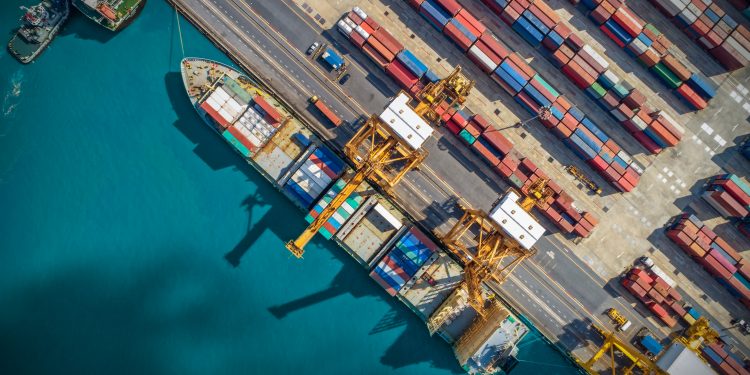According to the Center for Strategic & International Studies (CSIS), maritime supply chains have been crucial to the global economy but they have faced a variety of threats.
Thibault Denamiel, Fellow, Economics Program and Scholl Chair for International Business, CSIS and Evan Brown, Program Coordinator and Research Assistant, Economics Program and Scholl Chair for International Business, CSIS commented on the topic of the state of maritime supply-chain threats.
Current Disruptions
Piracy: Piracy has been a key source of maritime supply-chain insecurity. Studies show overall exports along shipping routes impacted by maritime piracy decline in response to a rise in pirate activity despite the relatively modest economic consequences of the attacks themselves. It has historically had a major impact on the well-being of crew members, as the potential for attacks alone can create stress and extend watch hour duties in mariners’ daily tasks making the journey more arduous. Piracy has been particularly common near the West African coast, the Malacca Strait, and the South China Sea.
Russian Invasion of Ukraine and the Black Sea: The Black Sea’s transformation into an active conflict zone has had important implications for global food security, as a consequential share of the world’s grains are transported through the region. Before Russia’s full-scale invasion, Ukraine accounted for about 10 percent of global wheat exports, 15 percent of global corn and barley exports, and 50 percent of global sunflower oil exports.
In March, April, and May of 2022, after the Russian invasion, Ukraine’s agricultural exports dropped by over 90 percent. The United Nations’ Black Sea Grain Initiative (BSGI), which was in effect for nearly a year beginning in July 2022, made significant strides in improving the situation. Amid the ongoing conflict, it enabled Ukraine to export 33 million metric tons of grains and other agricultural products from its Black Sea ports, with the majority going to developing countries that are vulnerable to hunger crises.
Houthi Attacks and the Red Sea: Six weeks after Hamas carried out the October 7, 2023, attack against Israel, and Israel responded with a military campaign in the Gaza Strip, Houthi rebels in Yemen took control of a British-owned cargo ship in the Red Sea. The hijacking began a now year-long wave of attacks against commercial shipping in the Gulf of Aden and the Red Sea, a necessary route for vessels transiting the Suez Canal. According to the nonprofit Armed Conflict Location and Event Data, the Houthis have conducted 130 attacks in the Red Sea since the beginning of the war.
Environmental Threats
Extreme Weather Events and Port Infrastructure: Many ports are vulnerable to operational disruptions due to extreme weather events, leading to expensive downtime. The most severe events can inflict significant physical damage and leave ports inoperable for extended periods.
Droughts and Waterways: Growing instances of drought will be a problem for shipping around the world. In 2023, droughts affected several major trade routes, including the Yangtze River in China and the Mississippi River in the United States.
Thibault Denamiel and Evan Brown conclude by stating that maritime supply chains will continue to underpin the global economy but they face a variety of threats both present and future stemming from geopolitical tensions and environmental factors.
































































